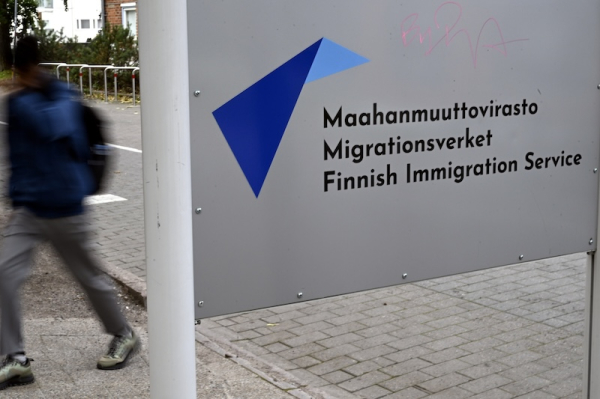
Finnish Immigration Service service point in Malmi, Helsinki. LEHTIKUVA
- Previous Article Arctic Ensemble wins Sirkuksen lumo award for bold circus initiative
- Next Article Serial taxi rapist evaded police for years after assaulting Iida Ketola
The Finnish Immigration Service completed major structural reforms in 2024 aimed at improving processing speeds, reducing misuse of permits, and increasing internal security, according to an annual summary published by the agency.
The reorganisation, launched on 1 June 2024, responded to persistent uncertainty in the immigration landscape, driven by the war in Ukraine and threats of instrumentalised migration.
The agency said most of its performance targets for the year were met.
“The processing times of residence permits for work and studies in Finland are among the fastest in Europe,” said Johannes Hirvelä, Director of Development at the Finnish Immigration Service.
Average processing times fell to 29 days for students, 40 for employees, and 10 for specialists. The reductions were a result of streamlined workflows, expanded automation, and a clearer operational structure under the new organisational model.
The reforms followed priorities set in the Government Programme and in the agency’s annual performance agreement. These included faster residence permit decisions, strengthened security protocols, more effective post-decision monitoring, and improved enforcement of returns.
Automation was a central tool. In 2024, the agency extended post-decision monitoring for residence permits issued to specialists and start-up entrepreneurs. Work also began on broader automation-assisted monitoring for all work-based permits.
“This will enable the authorities to intervene more effectively in labour exploitation,” said Hirvelä. He added that cooperation with other agencies had increased, particularly on internal security threats.
The agency also managed key public procurement processes and invested in digital infrastructure. It maintained operations despite pressure from national cost-saving targets and government debt concerns. These constraints prompted efforts to improve productivity through digitisation and efficiency gains.
Although most 2024 goals were reached, development work will continue in 2025. Priorities include clearing the existing backlog of citizenship applications, reducing asylum decision times to six months, and improving the effectiveness of voluntary and forced returns. These will be pursued in collaboration with Finnish police authorities.
“The operating environment of immigration is currently uncertain and liable to experience rapid changes,” said Hirvelä. He warned that the push to improve productivity must happen within a tight two-year window, calling the challenge significant.
The Government Programme emphasises immigration measures that improve public finances. The agency said it would prioritise such cases while managing tighter re
Source: www.helsinkitimes.fi
